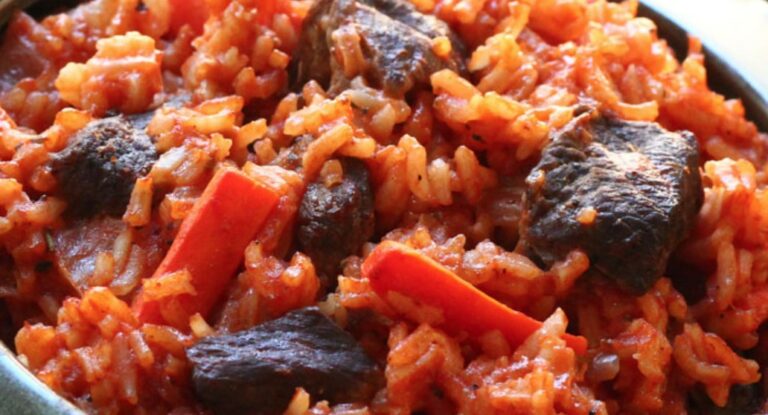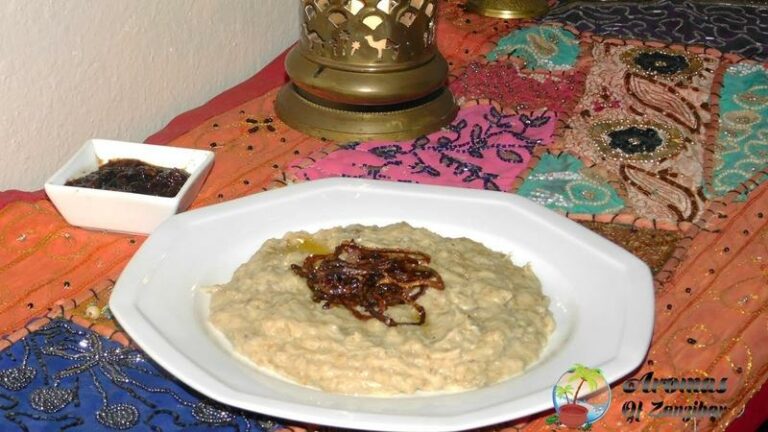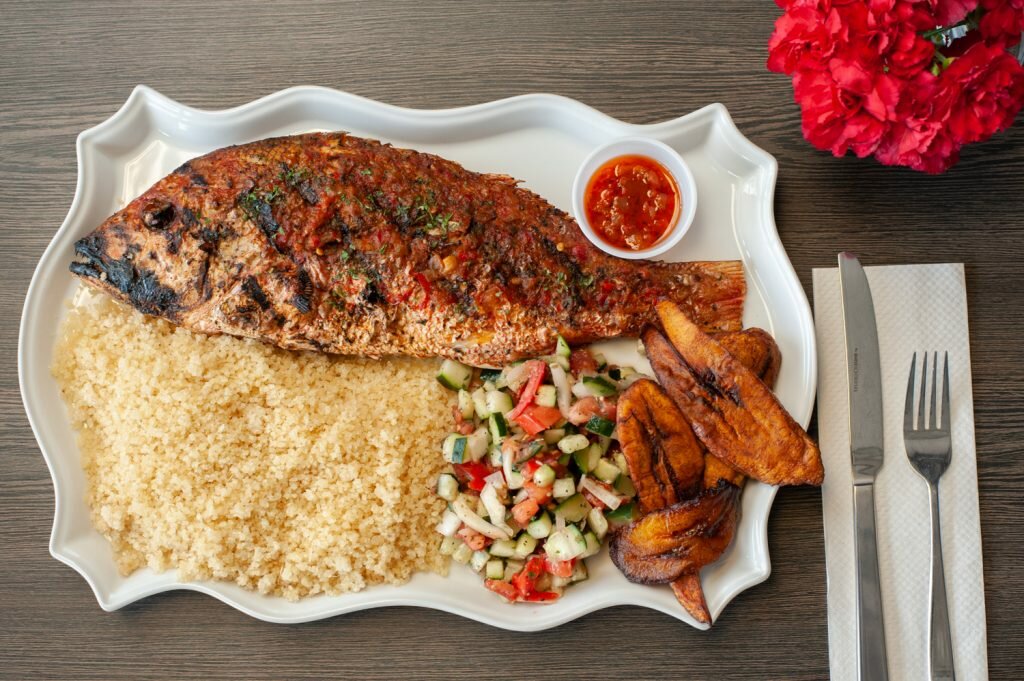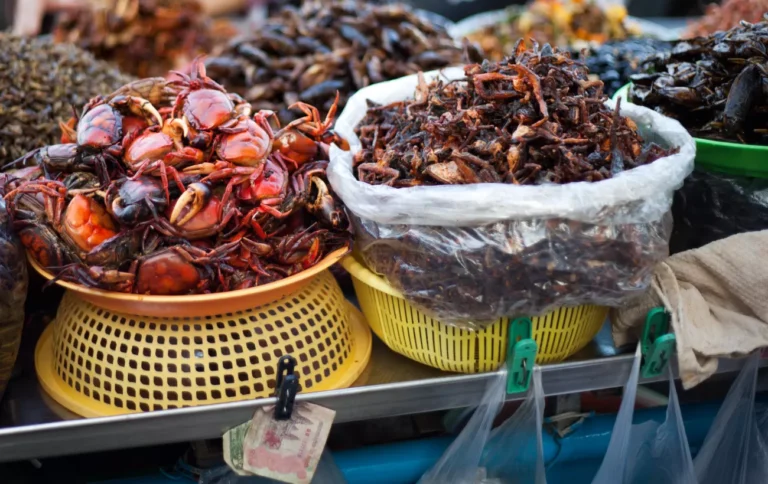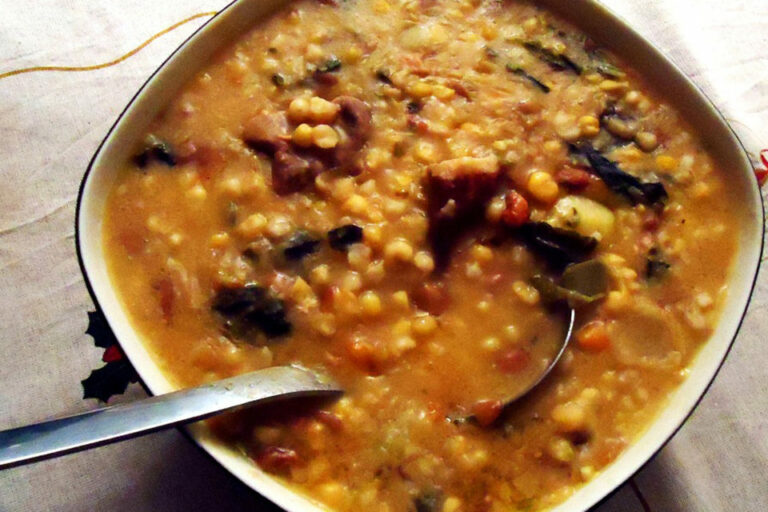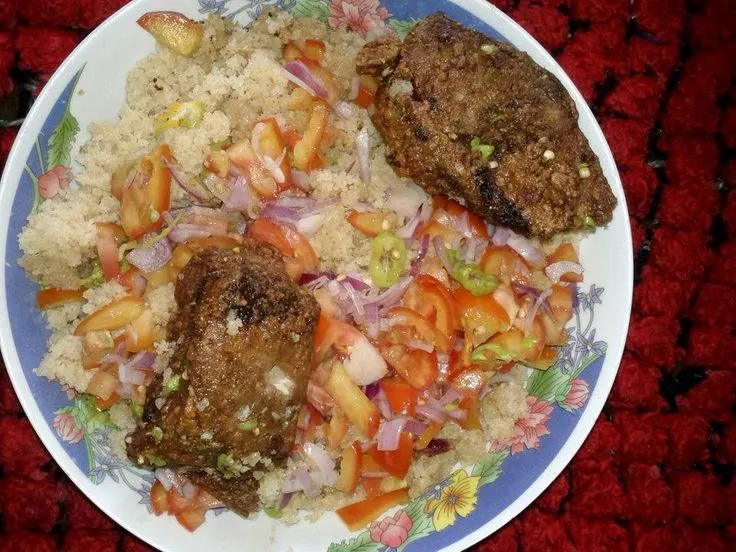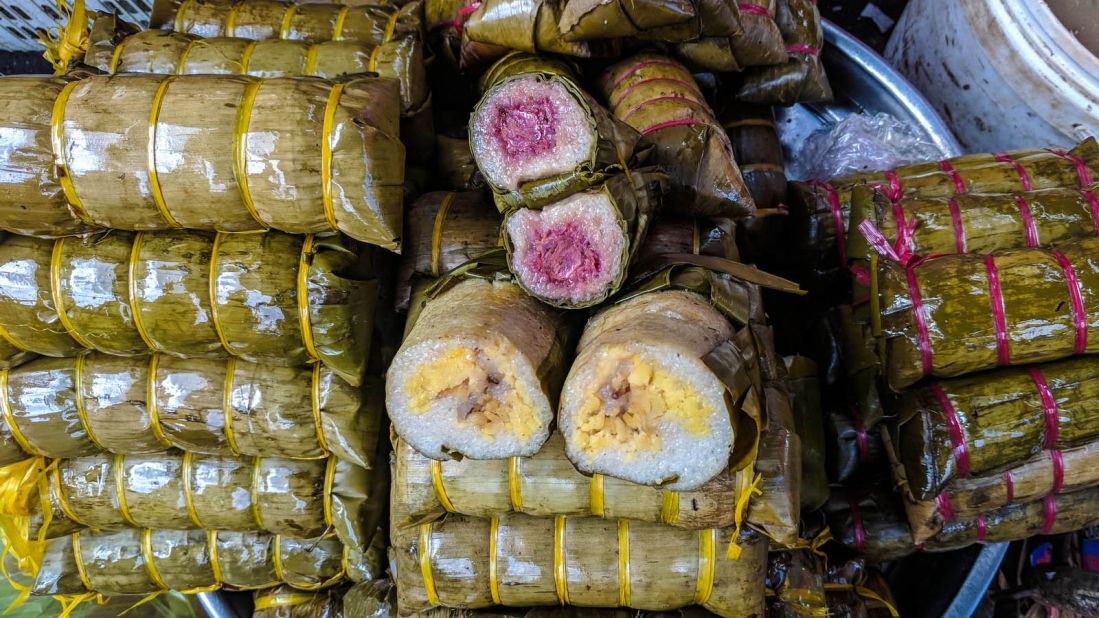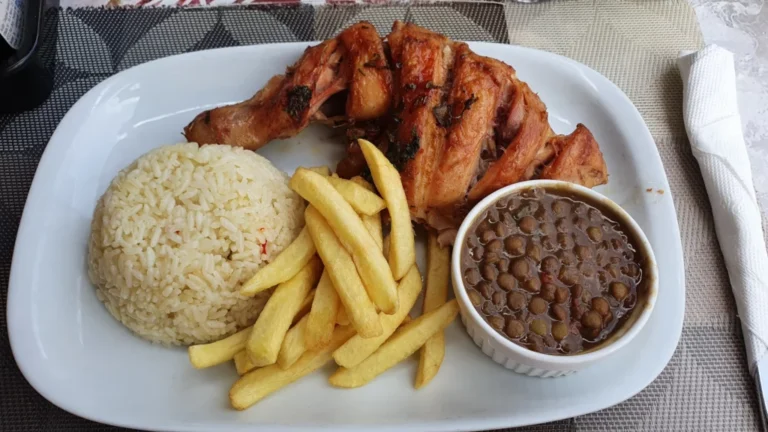Introduction: Côte d’Ivoire’s Culinary Scene
Côte d’Ivoire, also known as the Ivory Coast, is a West African country with a diverse culinary scene. Its cuisine is a reflection of its rich cultural heritage, with influences from the French, Portuguese, and African cultures. The country’s location on the West African coast has made it a hub for trade and commerce, which has also influenced its cuisine. Ivorian food is known for its bold flavors, use of spices, and generous portions.
Fufu and Soup: A Staple Dish
Fufu and soup are a staple dish in Côte d’Ivoire and other West African countries. Fufu is made of cassava, plantains, or yams that are boiled, mashed, and formed into small balls. The soup is usually made with vegetables, meat, or fish, and spiced to the taste of the cook. The dish is often eaten with the hands, and the fufu is used to scoop up the soup. Fufu and soup are not only delicious but also filling, making them a popular choice for lunch and dinner.
Attieke: A Couscous-Like Delight
Attieke is a couscous-like dish made from cassava that has been grated, fermented, and dried. The dish is usually eaten with fish or meat, and a spicy tomato or peanut sauce. The cassava gives attieke a unique flavor and texture, making it a popular side dish in Côte d’Ivoire. It is often served at special occasions such as weddings and funerals.
Alloco: The Ivorian Take on Fried Bananas
Alloco is a popular street food in Côte d’Ivoire made from fried plantains. The plantains are cut into small pieces and fried until crispy. They are then served with a spicy tomato sauce or a peanut butter sauce. Alloco is a delicious snack that can be enjoyed any time of the day, and it is a favorite among locals and tourists alike.
Kedjenou: A Slow-Cooked Meat Stew
Kedjenou is a slow-cooked meat stew that is popular in Côte d’Ivoire. The dish is made with chicken, lamb, or beef, which is marinated in spices and cooked in a sealed pot. The pot is then placed on a low flame, and the meat is cooked until it is tender and juicy. Kedjenou is usually served with attieke or rice and is a favorite among Ivorian families.
Garba: A Peanut Butter-Powered Snack
Garba is a popular snack in Côte d’Ivoire made from peanuts and peanut butter. The peanuts are roasted and then ground into a paste, which is mixed with other ingredients such as garlic and ginger. The mixture is then rolled into small balls and eaten as a snack. Garba is a delicious and nutritious snack that is perfect for a mid-day pick-me-up.
Ablo: A Sweet and Savory Pancake
Ablo is a sweet and savory pancake made from cornmeal and cassava. The batter is mixed with spices and water and then steamed in banana leaves. The result is a soft and fluffy pancake that can be eaten with soup, stew, or sauce. Ablo is a popular breakfast dish in Côte d’Ivoire and is also served at special occasions.
Bangui: A Refreshing Ginger Drink
Bangui is a refreshing drink made from ginger, lemon, and sugar. The ginger is grated and mixed with lemon juice and sugar, and then water is added to make a drink. Bangui is a popular drink in Côte d’Ivoire, especially during the hot summer months. It is also believed to have medicinal properties and is often used as a natural remedy for colds and flu.

